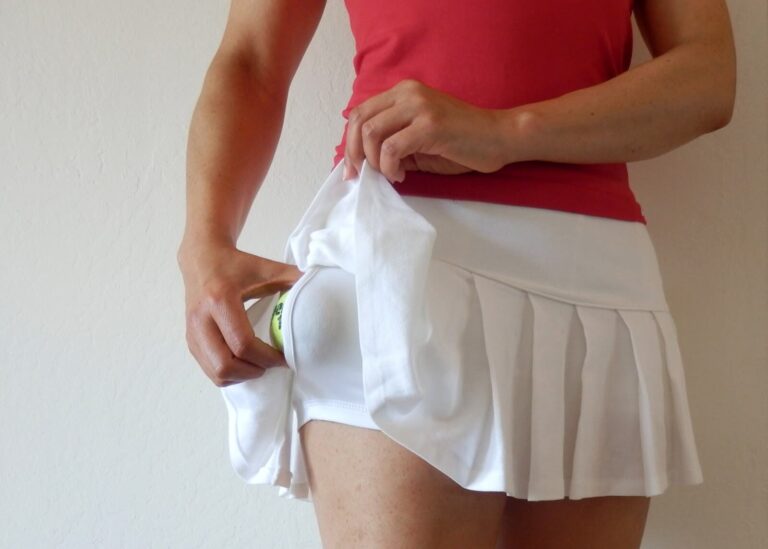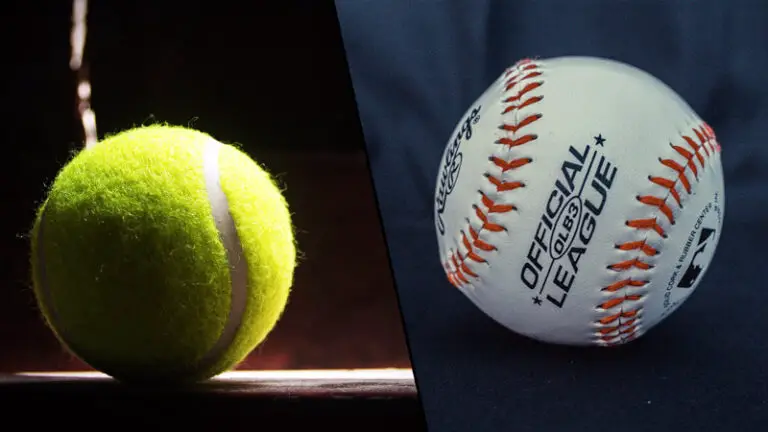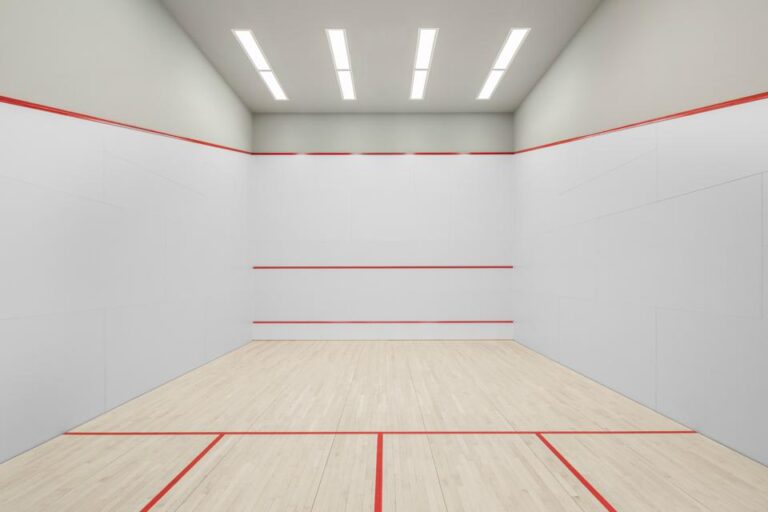Why Do Female Tennis Players Grunt So Much?
Have you ever wondered why some tennis players make so much noise when you’re watching? It’s not just your imagination; grunting on the tennis court is particularly common among female players. These vocalizations have become essential to the game, from Serena Williams’ deep growls to Maria Sharapova’s intense shrieks.
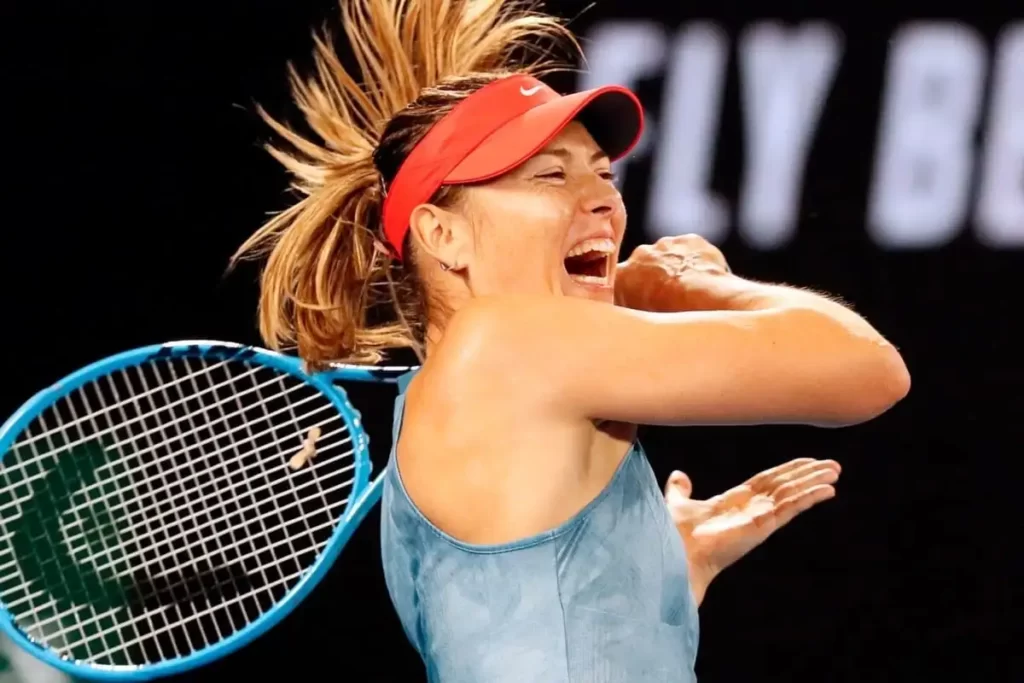
In this article, we’ll delve into the fascinating dynamics of this unusual phenomenon and examine the causes of the grunting that is so common among female tennis players.
The Grunting Controversy: A Brief Overview

Before we explore the reasons behind female tennis players’ grunting, let’s briefly address this topic’s controversy. Tennis players, coaches, and spectators have all had opinions on grunting.
While some argue that grunting is a distraction that has to be controlled or even outright prohibited, others feel it is a necessary component of the game and should be tolerated.
Let’s now investigate why grunting is so common in women’s tennis.
1. The Kinetic Chain Effect
Female tennis players create a lot of power when they strike the ball. Grunting enables individuals to utilize this power to its fullest by better coordinating their muscles. Their stomach muscles contract during the vocalization, setting off events that shift energy from their legs to their arms.
Shots become powerful and explosive as a result. They can better coordinate their motions and synchronize their shoots by grunting, which also helps them perform their shots flawlessly.
2. Focusing Under Pressure
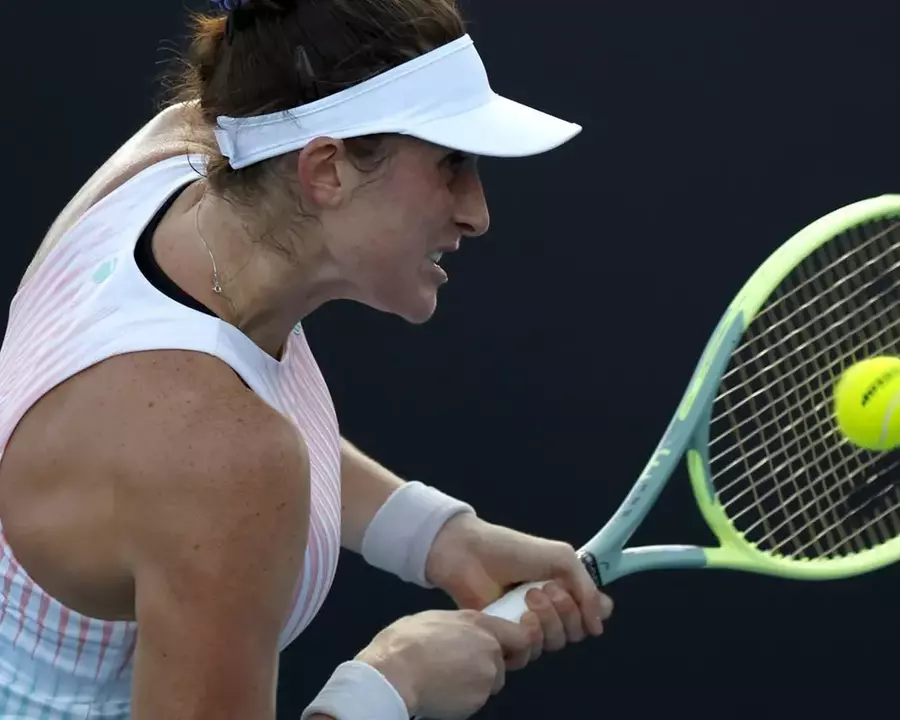
Female tennis players who grunt during difficult matches are better able to focus. The vocalization keeps Their attention firmly fixed on the game, which serves as a self-triggered stimulus.
Players can avoid outside distractions and focus entirely on the present by producing noise. Even under stressful circumstances, they can focus on performing best by using this technique.
3. Enhancing Oxygen Intake
Tennis is a strenuous physical activity that requires steady oxygen flow to the muscles. Female athletes control their breathing by grunting, enabling them to breathe deeply and breathe more oxygen.
They can breathe more quickly and with greater lung capacity by grunting, which forces them to exhale forcefully. This improved oxygen flow may enhance their endurance and general performance on the court.
4. Timing Shots and Rhythm
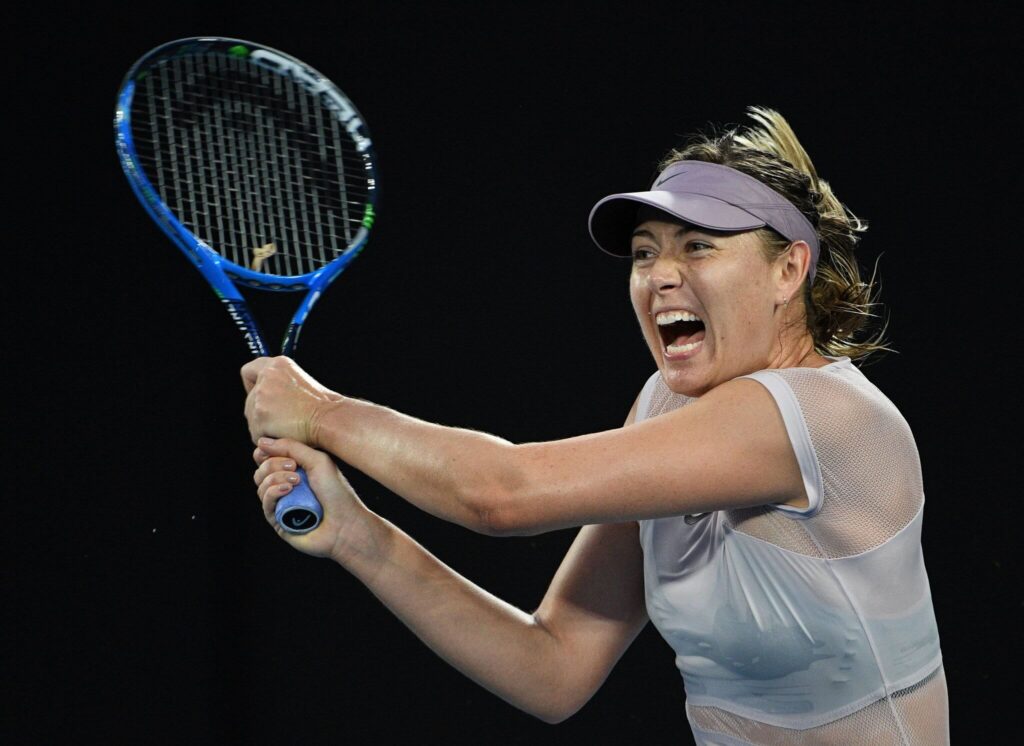
Grunting helps with rhythm and shot timing, in addition to breathing control. The vocalization serves as an aural signal that players can use to time their strokes precisely.
It lets them time their swing when the ball makes contact, improving stroke placement and consistency. Grunting becomes an essential component of the player’s rhythm, which aids in discovering their groove and developing a fluid and forceful playing technique.
I add a Quora link, which provides valuable insights into why grunting has become common among professional tennis players. Check this
5. Creating a Psychological Advantage
Grunting has physical and psychological advantages in the game of tennis and its physical benefits. The opponent’s loud and robust vocalizations might disturb the opponent’s focus and rhythm, giving the grunting player a psychological advantage.
It may be a strategy for establishing control, disheartening rivals, and gaining an advantage on the court. Female players can obtain a substantial competitive edge by utilizing grunting as a psychological warfare tactic to distract the opponent and change their thinking.
6. The Imitation Factor

The imitation element in tennis is another intriguing component to take into account. Young players could consider grunting an essential aspect of the game when they see top-ranked female players doing it.
Because of this, they could incorporate the grunting method into their playing style to imitate the force and success of their tennis role models. As a result, grunting has become more commonplace and accepted among players in women’s tennis.
7. Habitual Behavior
Grunting has become a deeply established habit for many female tennis players over years of training and competition. It might have begun as a straightforward sign of effort on brutal strokes and then developed into an integral aspect of their style of play.
Even when the physiological benefits are no longer as significant, it can be challenging to stop a habit once it has been formed. Grunting becomes a fundamental part of a player’s identity and playing style, improving their performance.
8. Conditioning and Positive Reinforcement
Female tennis players’ continued grunting behavior may be influenced by positive reinforcement. The behavior is reinforced when the spectators, coaches, or media respond favorably to a player’s grunting.
Players may begin to link grunting with success, encouragement, and attention due to this reinforcement, which can have a conditioning impact. As a result, grunting keeps happening as players try to keep their environment responding positively.
Historical Perspective on Grunting
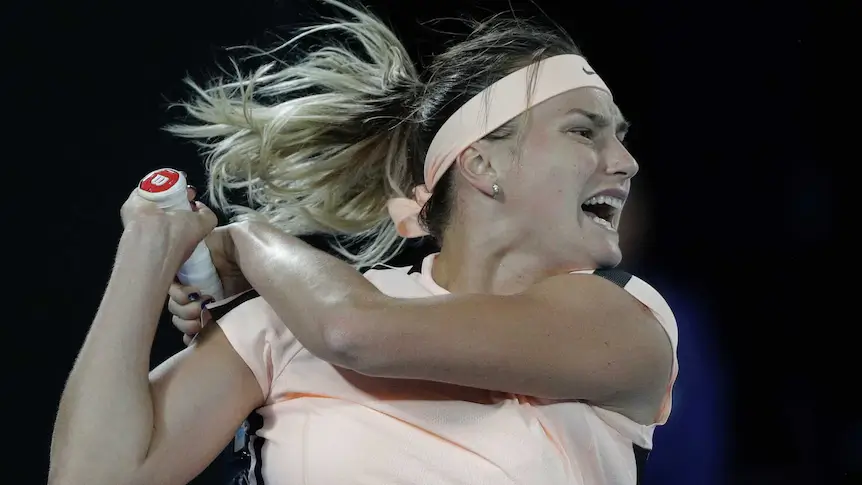
Now that you’ve understood the reasons let’s move on to its historical perspective.
Tennis grunting is not a recent development. Many athletes have used this strategy to improve their performances throughout history. The characteristic grunts made famous by legends like Monica Seles and Jimmy Connors were inseparable components of their playing strategies. Over time, grunting has spread and become a valid game mechanic.
I have included a YouTube link that explains why grunting has become so popular among professional tennis players. Visit this video for more information.
Gender Differences in Grunting
There is a notable difference in grunting between male and female players. Female athletes tend to grunt more frequently and forcefully than male players. Unfortunately, prejudices and gender biases have occasionally been applied to female grunting. The emphasis on female grunting has brought female players under unwarranted scrutiny and criticism, overshadowing their abilities and accomplishments on the court.
Is There an Advantage for the Grunter?
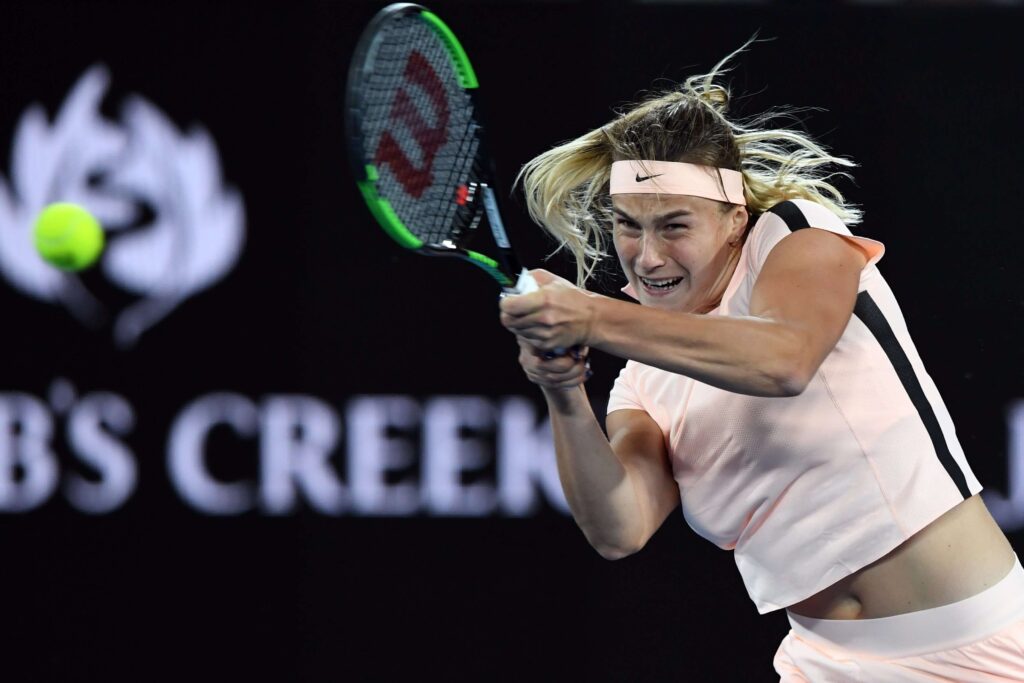
Absolutely! For the tennis player who uses it, grunting has several benefits. Here are some crucial details:
- By synchronizing muscle groups and creating a kinetic chain effect, grunting enables players to harness their force to the fullest, leading to more powerful shots.
- During tight matches, vocalization is a self-triggered indication that lets players stay focused and ignore outside distractions.
- Players can control their breathing by grunting, which enables deeper breaths and improved oxygen intake, enhancing endurance and performance.
- Players may more correctly time their shots because of the aural cue offered by grunting, which improves shot placement and consistency.
- The grunting player gains a psychological edge on the court due to the disruption of opponents’ focus caused by the loud and powerful vocalizations.
Female Pro Players Grunt So Loudly In Tennis
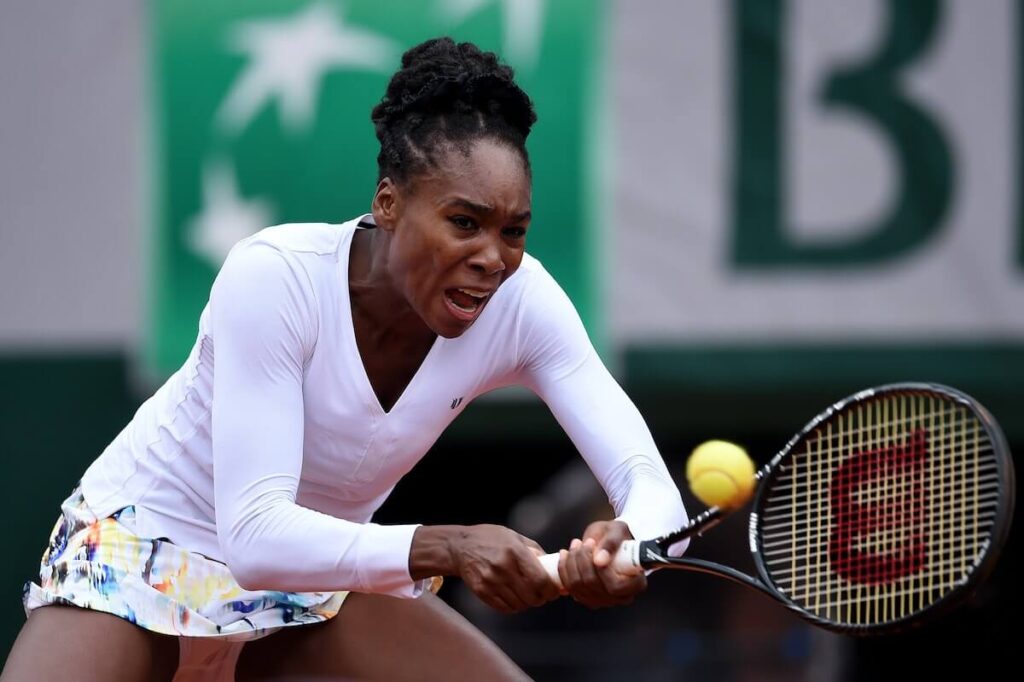
Certainly! The following list includes several well-known female tennis players noted for their loud grunting on the court.
1. Maria Sharapova
In addition to her aggressive playing style and ferocity, the former world No. 1 player had a distinctive and potent grunt that she used to accompany her shots.
2. Victoria Azarenka
Victoria Azarenka’s grunting is characterized by its high-pitched nature and is often described as one of the loudest on the women’s tour, reflecting her competitive spirit.
3. Serena Williams

Serena Williams occasionally lets out tremendous grunts during crucial moments, showcasing her strength and resolve, even though she hasn’t been known for it during her career.
4. Monica Seles
Monica Seles was a pioneer in the grunting industry, and her grunts were a defining feature of her game, giving her shots more force and intensity.
5. Caroline Wozniacki
Caroline Wozniacki’s grunting technique is characterized by brief, harsh vocalizations that go along with her aggressive shot-making.
FAQs
Does grunting give players an unfair advantage?
Grunting is controversial in tennis because some believe it gives them an unfair edge. However, depending on the player’s preferences and technique, grunting has a varying effect on opponents. Ultimately, it’s up to each player to decide if grunting fits into their style of play.
Why do female tennis players grunt more than male players?
Although the exact causes are unclear, female tennis players grunt more than male players. It might be affected by how you play, how hard you work, what you choose, and how grunting has historically been used in the activity.
Are there any rules or regulations regarding grunting in tennis?
Right now, grunting in professional tennis is not explicitly governed by any laws or rules. The choice to ban or restrict grunting has led to discussions and disputes, but it is still up for debate among tennis players.
Does grunting affect a player’s shot accuracy?
Scientific research indicates that grunting may enhance a player’s shot accuracy. When grunting and striking are coordinated, power and attention are generated, which can result in more accurate and powerful shots.
Conclusion
Grunting is used for several reasons in tennis, especially by female players. Scientific research has highlighted the benefits of grunting, even though it is not without controversy and criticism. Players still have the freedom to make this decision on a personal level, so it’s important to respect their choices while also appreciating the effect and entertainment value it adds to the game.
REFERENCES
- https://en.wikipedia.org/wiki/Grunting_in_tennis
- https://www.quora.com/Why-do-female-tennis-players-need-to-make-so-much-noise
- https://www.tennisforum.com/threads/has-your-view-on-screaming-grunting-changed-why.1375506/
- https://forums.overclockers.co.uk/threads/why-do-female-tennis-players-grunt.18027511/page-4
- https://www.quora.com/Why-do-female-professional-tennis-players-appear-to-grunt-when-they-hit-the-ball-while-males-do-not


